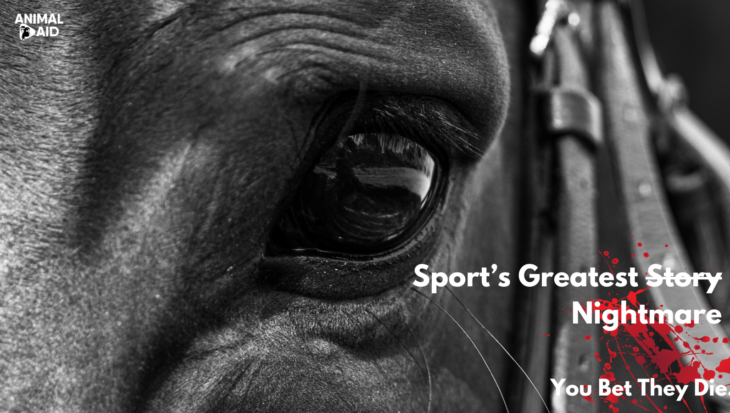The title and pre-publication expectations suggest that this study was to look at whether cages can meet the welfare needs of pheasants and partridges used for egg production. However, the report itself starts from the premise that cages are here to stay, and then describes the results of having tried out various commercially expedient adaptations that it calls enrichments.
Seventy-two pheasant and 48 partridge cages were configured in different ways to test what would best suit the birds. These adaptations, the report makes clear, were essentially determined by a group of stakeholders, most of whom were representative bodies of the game farming and shooting industries. Important ‘resources’ that the birds clearly favoured, such as dust-bathing materials and green vegetation, were withheld because they were inconvenient to manage. Equally, while a solid floor was greatly preferred by the birds to wire mesh, the stakeholder group wanted to try out solid flooring covering no more than 25 per cent of the area, and made up of Astroturf – a material that allows faeces and other waste materials to slip through to the ground below.
Pheasants and partridges in the wild live in areas of mixed shrubland and open habitats. They feed on seeds, insects and vegetation. They build nests or scrapes, and position themselves so that they can be alert to predators and other threats.
For the study, instead of comparing the lives of caged birds with their wild counterparts, cages of different sizes and different kinds of ‘enrichments’ were compared with each other, or with ground-level fenced-in pens at a ‘commercial site’. The cages were intermittently filmed and the results recorded.
Inevitably, it was found that enriched cages offered little welfare improvements on cages that were barren. That is because, as Animal Aid has long argued, and as one of the study’s stakeholders, the British Association for Shooting and Conservation (BASC) also used to argue, it is the cages themselves that are the problem. In December 2010, BASC urged MPs to sign a parliamentary early day motion calling for an outright ban on the units, because ‘… the available space in such cages is so limited, that the welfare of the birds is seriously compromised and … the system does not conform, whether enriched or not, to the five freedoms which are the basis of the UK’s welfare law’.
Important elements that are missing from the new Defra-commissioned report are data on the number of birds who died during the study. There is no assessment of the impact of what it calls ‘thermal stress’. The cages, it notes, ‘are located in open fields and provide no shelter from weather extremes during [the birds’] period of confinement from late winter until summer’. Furthermore, the pheasant cages used in the study were less crowded than on many commercial farms.
While comparisons between enriched and unenriched cages avoid the central point that the cages themselves are not being put to the test, the study does offer telling data on what a short period of confinement in the units does to birds. No partridges began with foot problems, such as lesions, swellings and discolouration. But 23 per cent were suffering them by the study’s end. The equivalent figures for pheasants were that only 2.5 per cent had foot problems initially, a figure that rose to 25 per cent by the end.
Feather damage caused by pecking, which the study authors identify as the main cause of early mortality, is another key indicator of what the caged birds endure. Ninety-one per cent of partridges were free of such injury at the start but 39 per cent were injured at the end. For pheasants, the figures were more stark: 84 per cent and 69 per cent. The whole issue of potentially fatal feather damage is woefully under-explored in the report.
Another shocking indicator is the number of times birds engaged in a panicky movement called ‘jump escape’. As the term suggests, it is a (futile) attempt to fly away from anticipated danger. In enriched cages, pheasants were seen undertaking jump escape moves 60 times during the brief observation periods that ranged over five days. For partridges in enriched cages, 42 jump escape moves were noted, while in barren cages, the total was 126.
Evidence as to how much the birds enjoy pecking at grass when given the chance can be seen when the behaviour of pheasants housed on the ground in floor pens is compared with that of birds in enriched raised cages. During the short observation period, the pheasants who had access to grass pecked 1,558 times.
It is clear that, for industry stakeholders, what was wanted most from this study was to be able to claim scientific legitimacy for their brutal confinement system. It is a system whose key commercial attraction is an ability to increase egg production and to allow those eggs to be collected in a clean condition.
By fixing the key parameters, such as which enrichments were to be added or withheld, and by comparing one type of cage with another, rather than measuring the experience of caged pheasants and partridges with their wild equivalents, the industry has got the result it wanted. And, what’s more, it is the taxpayer who has met the £420,000 cost of the study.

